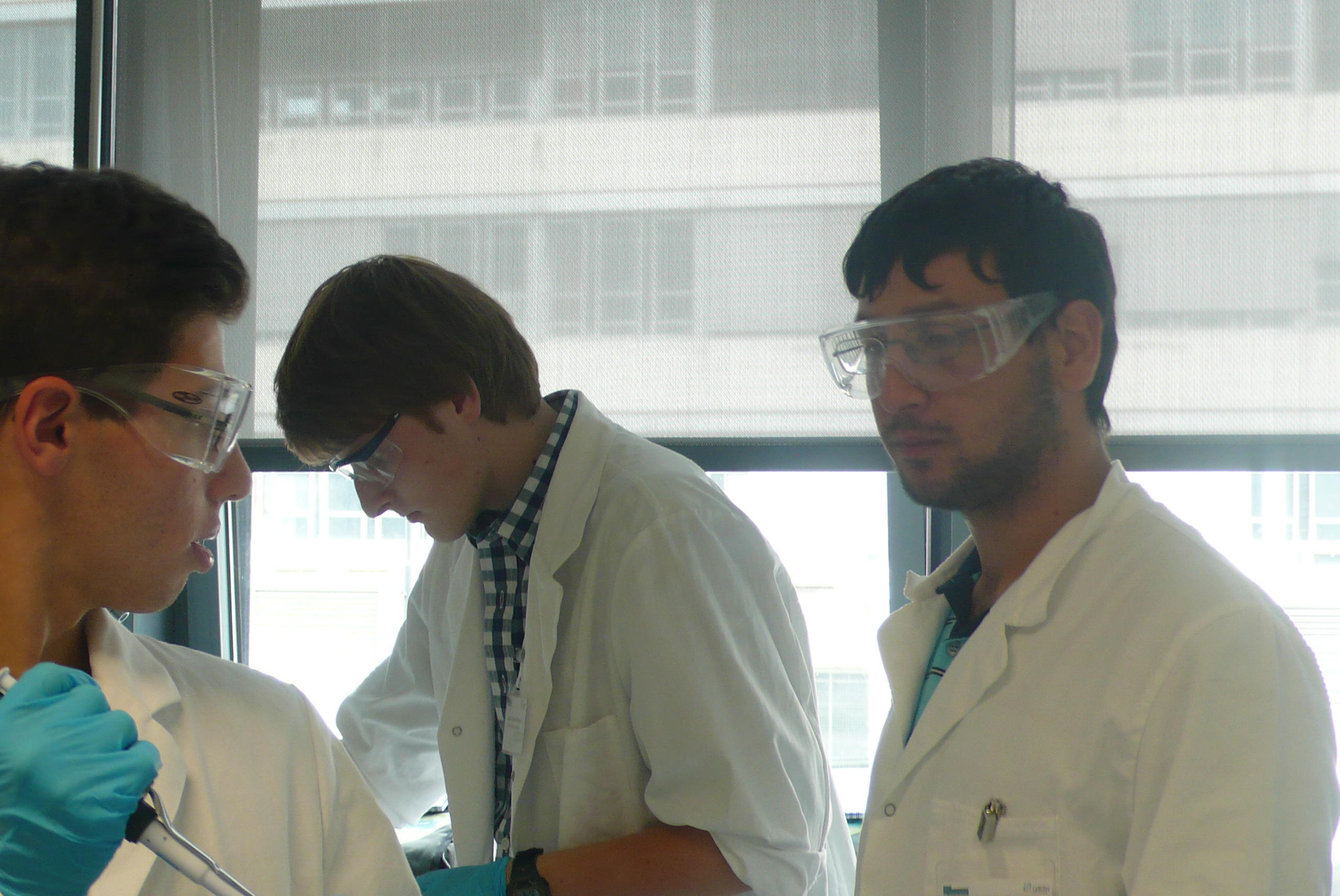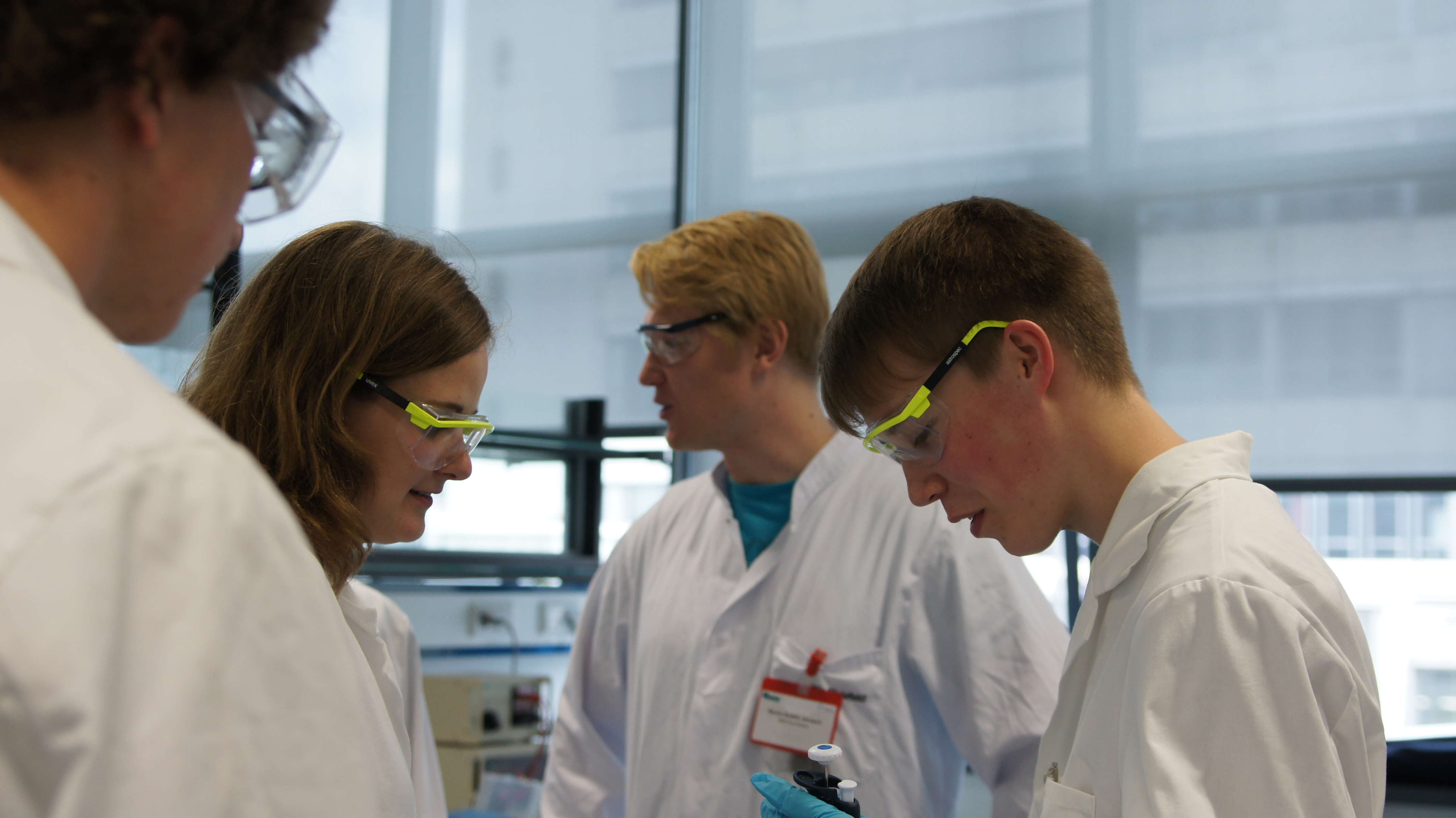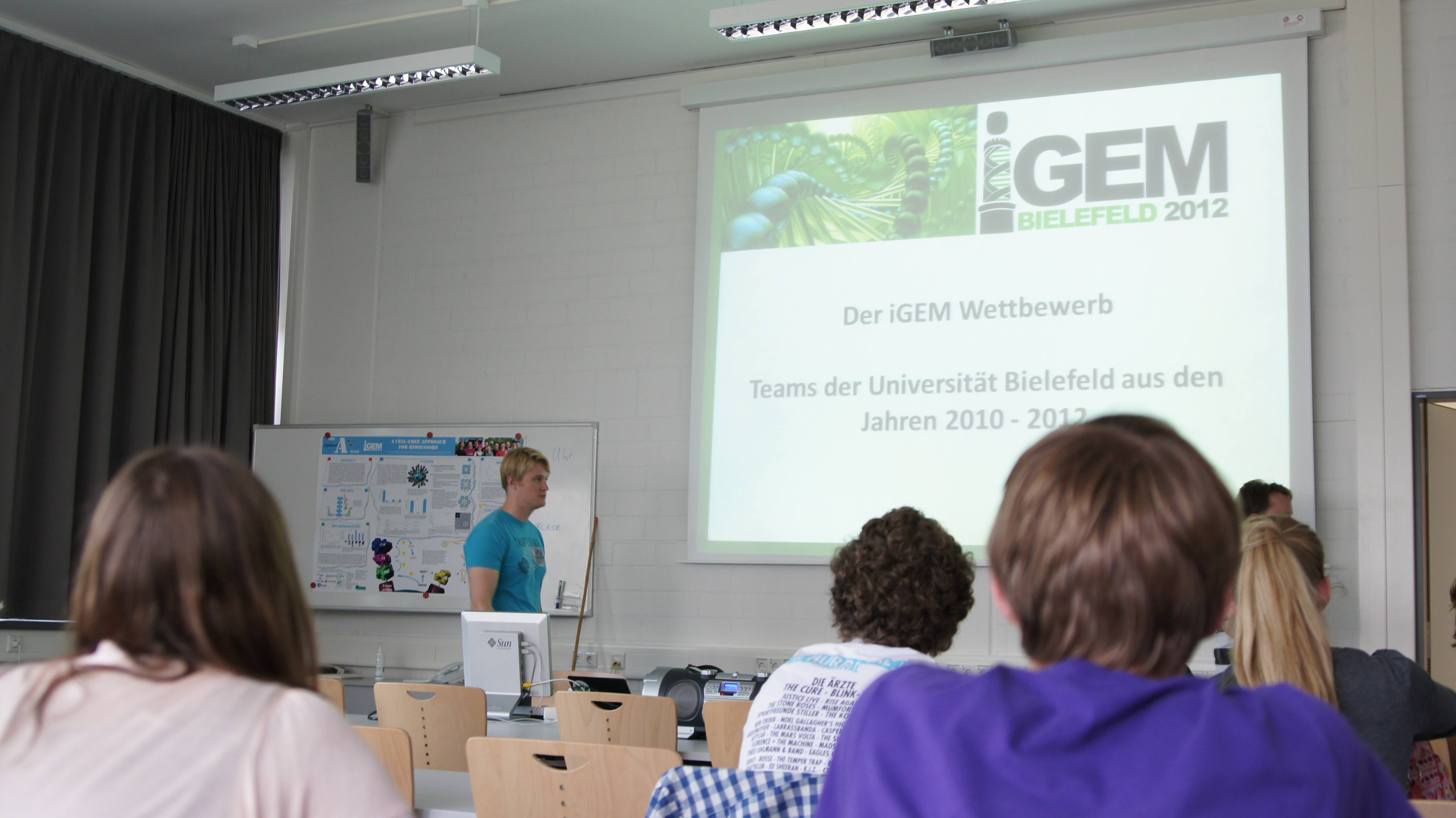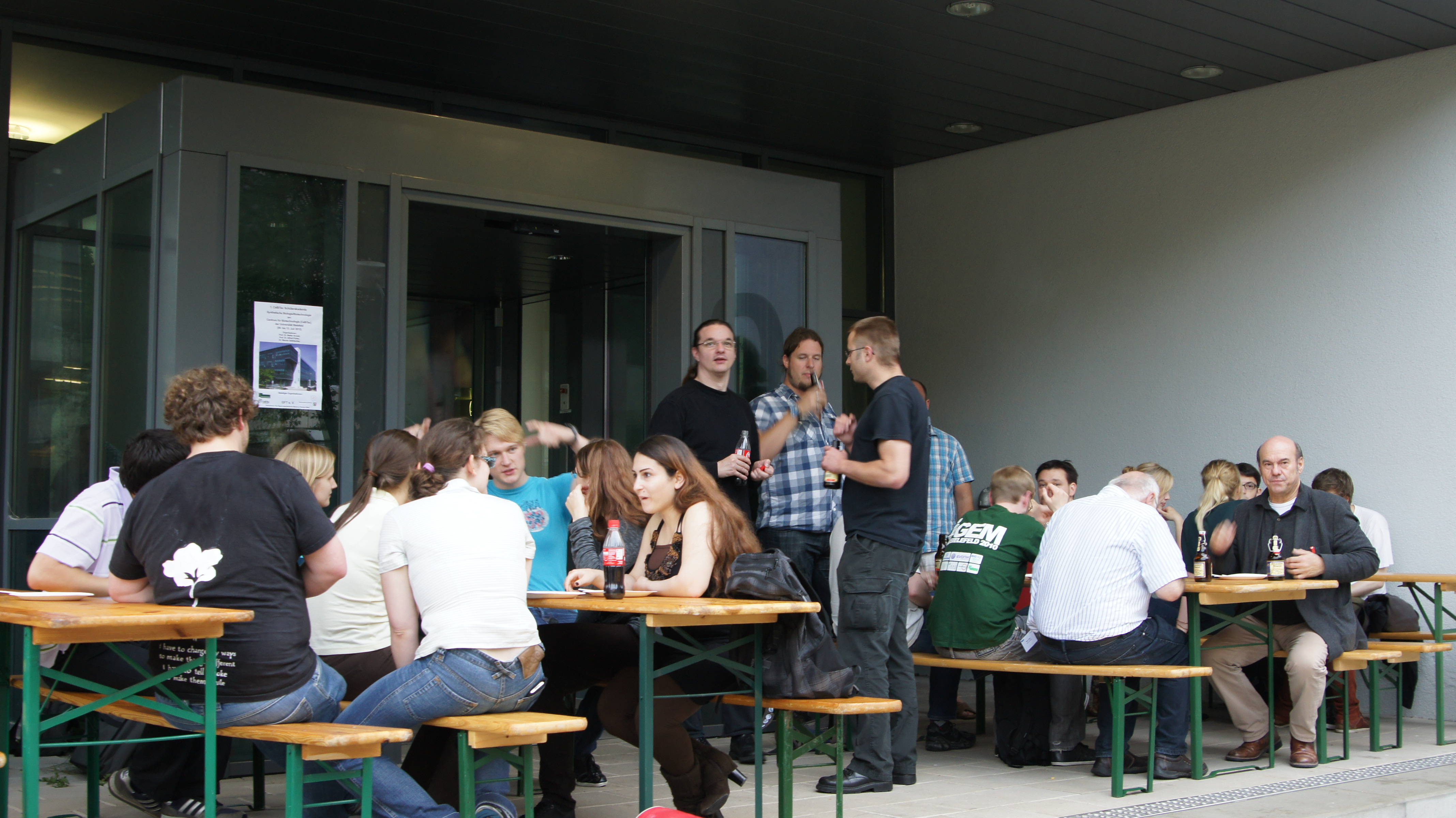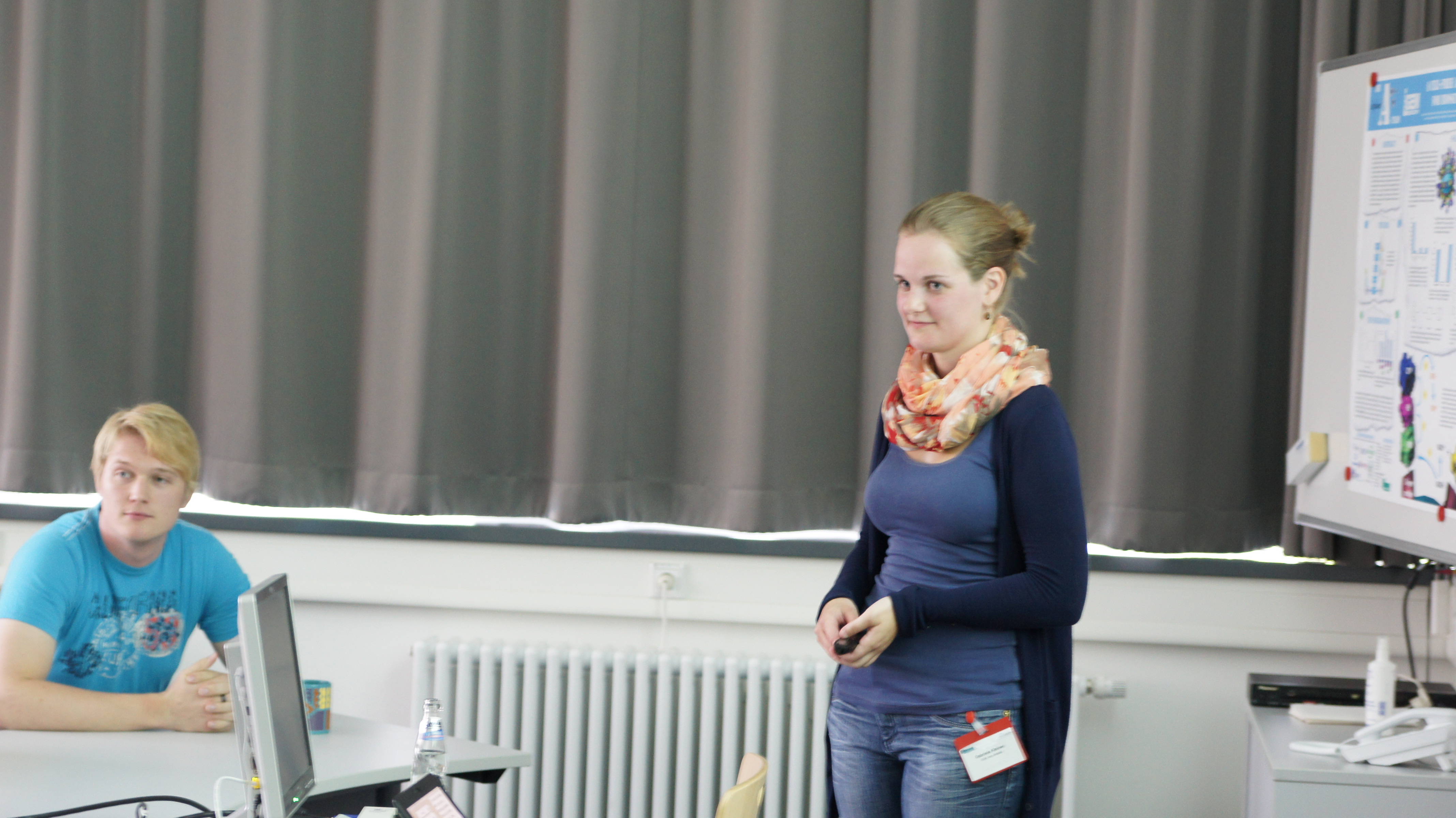Team:Bielefeld-Germany/Human Practices/StudentAcademy
From 2012.igem.org
| Line 7: | Line 7: | ||
</span> | </span> | ||
</div> | </div> | ||
| + | </html> | ||
| + | <html> | ||
| + | <div id="grey_bg"> | ||
</html> | </html> | ||
| Line 40: | Line 43: | ||
For further information watch the [http://www.cebitec.uni-bielefeld.de/images/downloads/flyer_schuelerakademie.pdf flyer] (german) and the script can be downloaded [https://static.igem.org/mediawiki/2012/a/a9/Bielefeld2012_Student_Academy_FinalSkript.pdf here]. | For further information watch the [http://www.cebitec.uni-bielefeld.de/images/downloads/flyer_schuelerakademie.pdf flyer] (german) and the script can be downloaded [https://static.igem.org/mediawiki/2012/a/a9/Bielefeld2012_Student_Academy_FinalSkript.pdf here]. | ||
| + | |||
| + | <html> | ||
| + | </div> | ||
| + | </html> | ||
{{Team:Bielefeld/Sponsoren}} | {{Team:Bielefeld/Sponsoren}} | ||
Revision as of 19:53, 25 September 2012

This year our iGEM team collaborated with the first CeBiTec pupils academy for synthetic biology and biotechnology . The weeklong summer school (9th to 13th of July) was arranged by the Center for Biotechnology (CeBiTec) of Bielefeld University in cooperation with the Familie-Osthushenrich-Stiftung from Gütersloh and the district government Detmold. It was addressed to talented pupils of the 11th and 12th grade, in order to give them an understanding of synthetic biology as well as biotechnology. On the basis of the knowledge they already have achieved by biology courses, they listened to presentations by noted scientist, made their own experiments and visited a company for biotechnology.
Our iGEM team participated in the organization of the summer school. We planned two experiments for the pupils to teach them the basics of synthetic biology and biotechnology, as well as correct and safe behavior and work in a laboratory. The first day we presented the background of the experiments as an introduction to the planned experiments, which took place on the following two afternoons.
In the first experiment the pupils isolated a plasmid (pSB1C3 with BBa_I13521) out of a bacterial cell culture. The samples were analyzed by the nanodrop to gain information about the amount of DNA and their purity. Then in a second experiment they performed the opposite step, the transformation of a plasmid-mix. This plasmid-mix consisted of two plasmids with different fluorescent proteins (either RFP or GFP) and antibiotic resistances (either ampicillin or kanamycine). Therefore we used the plasmids pSB1C3 with BBa_I13521 and pMTE cp46 His. The transformation sample was plated on agar plates without antibiotics and with either ampicillin or kanamycine. The pupils did not get any information about the composition of the plasmids, so the next day they could analyze the plates and link the fluorescent protein to the antibiotic resistance. Furthermore we discussed the effect of non-fluorescing colonies on agar plates without antibiotics. All the results were discussed with the groups and one of them had to prepare a power point presentation.
Furthermore we held another presentation about the iGEM competition, the projects of the last two years as well as about our project. They all understood the principle of our project and it was very interesting for them, because it is a current topic. Since they already gained basic knowledge in school (biology A level), an intense discussions about synthetic biology, biotechnology and our project developed. Some of the main questions are listed below.
We were really impressed by the diversity of questions. Especially the influence on environment and ethical aspects were discussed as well as economical aspects. As one example they had the idea to decrease the production costs by the local expression and secretion of laccases in genetically modified organisms in sewage treatment plants. We explained them that the use of a cell-free approach is important due to safety reasons, because we cannot use S1 organisms outside the laboratory. Therefore we use immobilized enzymes. During the discussions we noticed that the general skepticism towards the usage of synthetic biology and biotechnology results from a missing information about its risks and advantages. In the discussion we could offer the information the students needed to form their own opinion and decreased their skepticism. We concluded that we should take every opportunity to tell the facts about synthetic biology to the public and fight prejudices. The day ended with a common barbecue prepared by us.
- What is synthetic biology and what is new?
- Is this the only possibility to purify the water?
- How will the system look like and how often do you have to change it?
- Why do you use a cell-free approach?
- How much does it cost? Are the enzymes (the laccases) expensive? How many laccases are needed to clean the water?
- Are you sure that they will be active in a wastewater treatment plant?
- Which toxic substances could be degraded?
- Could it be that the product is more toxic than the substrate? How do you ensure that its not harmful?
- Is it an ethical idea? Are there negative effects on the environment?
For further information watch the flyer (german) and the script can be downloaded here.
| 55px | | | | | | | | | | |
 "
"






